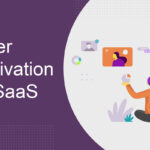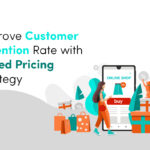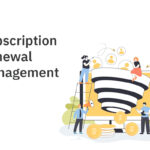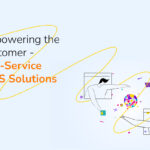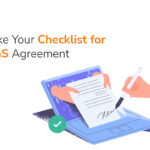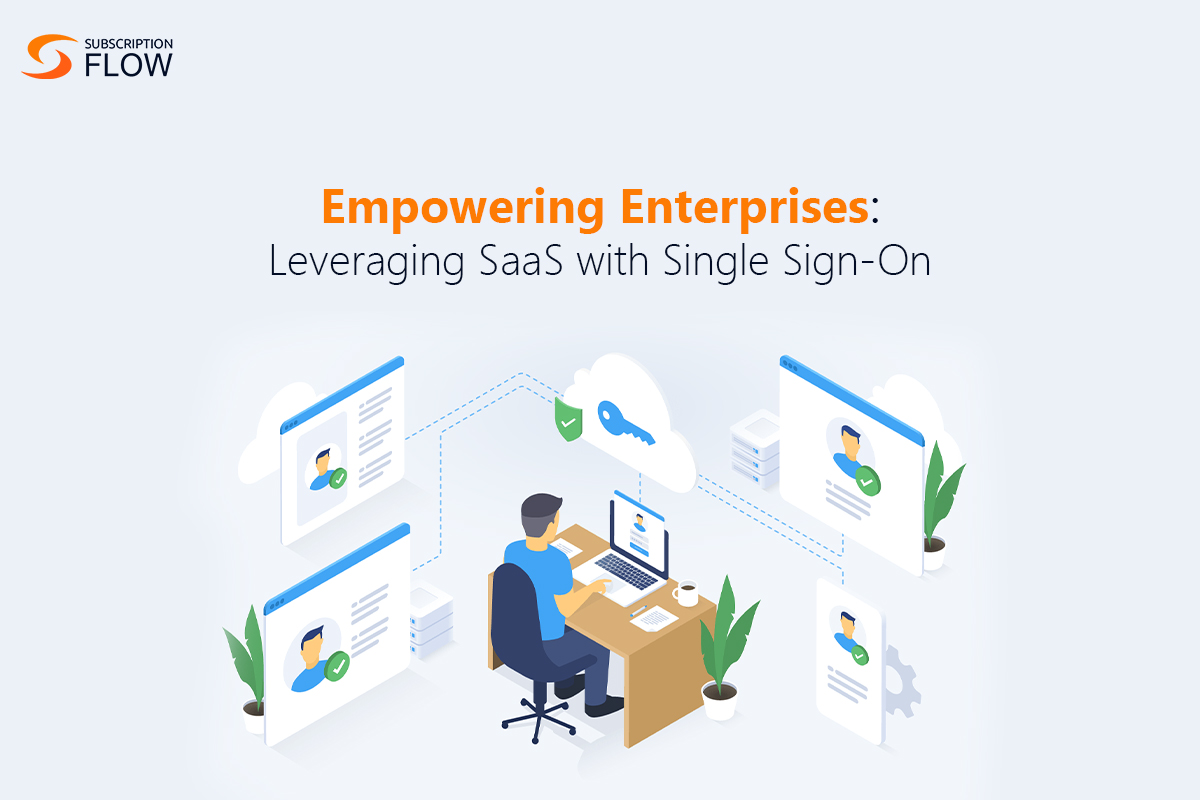
Empowering Enterprises: Leveraging SaaS with Single Sign-On
The business world of today is hyperconnected, with multiple information systems like customer relationship management (CRM), enterprise resource planning (ERP) software, e-commerce platforms, subscription management systems, and many more all integrated with the same SaaS platform. However, this creates problems in the areas of data security and safety.
This is where Single Sign-On (SSO) authentication enters the playing field. It is an authentication method that enables businesses to sign in to all their platforms with a single username and password. This method not only improves the productivity if your teams but streamlines all your operations.
If you’re a SaaS business owner, considering using this authentication method, keep reading! In this article, we will be breaking down how exactly SSO works, what benefits your business stands to gain from it, and how it can enhance the process of quote/contract management, all while keeping your data safe and secure.
Without further ado, let’s get this party started!
How Does Sigle Sign-On for SaaS Work?
SSO enables people to log into various applications that their information is integrated with using only one set of credentials (this normally entails a username and password). This is called identity and access management (IAM) and such authentication ensures third-party services to review and access their user information (and verify their identity) without ever disclosing their password. SSO ensures that users can access relevant apps and conduct their assigned tasks without the hassle of multiple logins.
What is an SSO Token?
SSO uses a token to work. These SSO tokens contain encrypted data about the user such as their email address, which moves across various systems that are connected with each other through integrations during the SSO process.
The best thing about these tokens is that they are verified with a digital signature so the party receiving the data can rest assured that it is coming from the authorized source they were dealing with. Now, let us talk about the credentials that are needed for configuring that first digital signature.
The first digital signature is collected when the process is first configured. This is enabled by identity standards like Security Assertion Markup Language (SAML), Open Authorization (OAuth), Kerberos, Lightweight Directory Access Protocol (LDAP) etc. that permit encrypted tokens to move securely from servers to the various integrated applications.
READ MORE: Unlocking the SaaS Boom: A Guide to Seamless SaaS Implementation
The Frequency of SSO Use
Businesses can have their own reasons for using a single sign-on, which may sometimes be employee offboarding or the supervision of SaaS usage. It is proven to maximize the efficiency and productivity of work teams because they can log in from all their company-sanctioned devices, all while remaining regulation compliant.
The Benefits of SSO for SaaS
Now, that we have the more technical aspects of this process out of the way, let’s get into the fun bit: how will SaaS with Single Sign-On benefit my business? Well, to put it briefly, it’s going to help you eliminate the use of multiple usernames and passwords (that we know you keep forgetting), reduce data leaks because of security loopholes, and make the process of logging in so much easier and so much more seamless.
And, let’s not forget that it can save your business money! Because you no longer need multiple methods and solutions for an additional layer of authentications.
Let’s take a look into these benefits a little more deeply to understand the processes better:
Increased Security
As we have mentioned before, the biggest benefit of using a single sign-on for SaaS is the increased security. Multiple usernames and passwords open up the risk of security breaches while simultaneously increasing your access to all the services your business requires. Having only a set of credentials also exponentially decreases the risk of phishing attacks.
Improved User Experience
It should go without saying that a streamlined login process also streamlines user experiences because you are not required to take multiple steps to log in to all your systems. You can simply access all the needed applications and services with a single login. So, kiss goodbye to remembering multiple passwords and usernames, who has the time for all of that now anyway?
Cost Savings
Last but in no way least, SSO for SaaS helps your company save money because you don’t need to invest in multiple additional authentication solutions. A single sign-on solution will obviously mean your money is only going toward one safe authentication method. This can also eventually lead to better access management and prevent data leaks.
Using SSO for SaaS Quote Management
If your business requires generating a lot of quotes and contracts, you can generate them using a subscription management system like SubscriptionFlow that is integrated with DocuSign. You can access the same quote or contract across all your integrated and consolidated information systems in a single stream.
This way everyone who needs to sign the document digitally can add their signature, without the issue of replicas and copies. By using this method, your sensitive documents will remain safe and you will save time and resources.
READ MORE: DocuSign Integration for Seamless Subscription Lifecycle Management
Final Word
Before finally implementing your SaaS with single sign-on, it is great to remember that the authentication method is suitable for your line of business, is compatible with all your existing integrated systems (to avoid disruption later on), and user access is managed through role-based access control.
If you’re looking to see this process in action and how it works with DocuSign, we encourage you to sign up for a demo with us.






